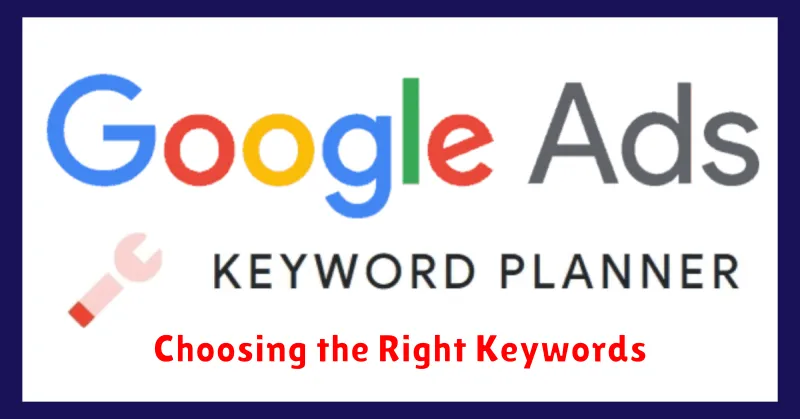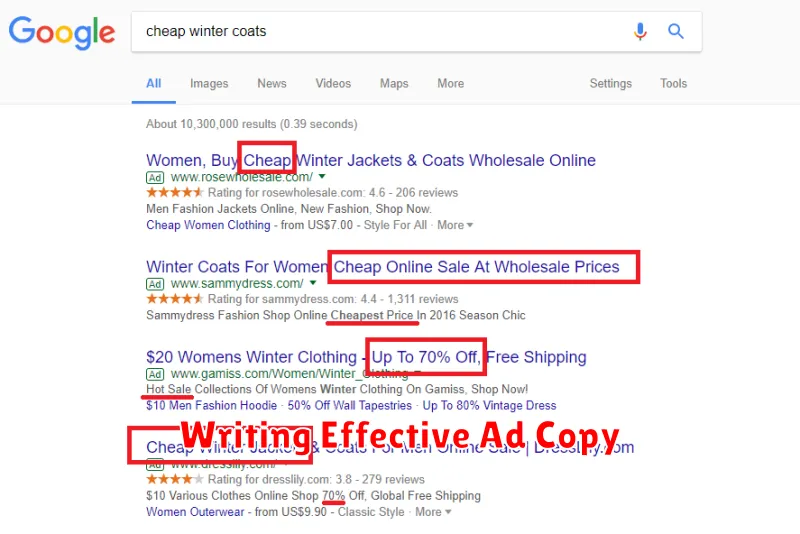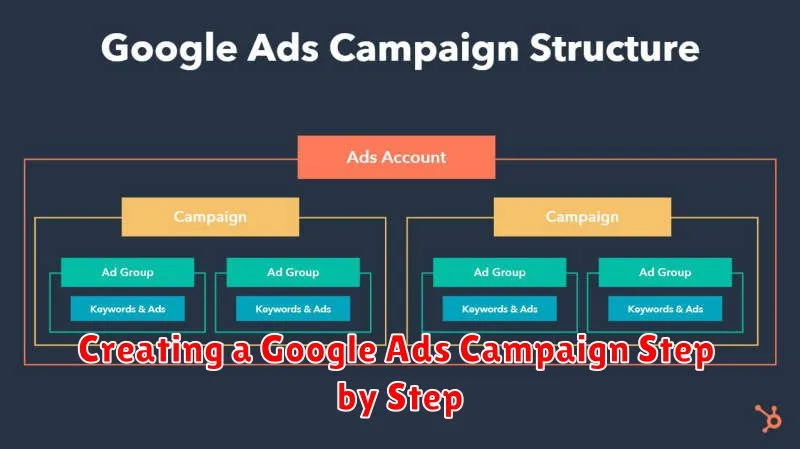Want to harness the power of Google Ads to drive targeted traffic to your website and boost your business? This comprehensive guide will walk you step by step through the process of creating a Google Ads campaign, from initial setup and keyword research to crafting compelling ad copy and optimizing for maximum ROI. Whether you’re a complete beginner or have some experience with online advertising, this tutorial will provide you with the essential knowledge and practical skills to launch and manage successful Google Ads campaigns.
Learn how to effectively utilize the Google Ads platform to reach your ideal customers. We’ll cover crucial aspects of campaign creation, including defining your target audience, setting a budget, conducting thorough keyword research, writing impactful ad copy, and implementing effective tracking mechanisms. By following these proven strategies, you’ll be well-equipped to create high-performing Google Ads campaigns that deliver measurable results and drive significant growth for your business. This step-by-step guide will empower you to master the intricacies of Google Ads and achieve your advertising objectives.
Setting Your Campaign Goal
Defining a clear campaign goal is the crucial first step in creating a successful Google Ads campaign. Your goal will inform every other decision you make, from keyword selection to bidding strategies. Choosing the right goal ensures your campaign is optimized for the results you want.
Google Ads offers several campaign goals categorized by your primary advertising objective:
- Sales: Drive online, in-app, by phone, or in-store sales.
- Leads: Encourage sign-ups, form submissions, and other lead generation activities.
- Website traffic: Increase visits to your website.
- Product and brand consideration: Promote product discovery and brand awareness.
- Brand awareness and reach: Reach a broad audience and increase brand visibility.
- App promotion: Drive app downloads and engagement.
- Local store visits and promotions: Encourage visits to your physical store locations.
Consider what you want to achieve with your campaign. Do you want more sales? More website visitors? Increased brand awareness? Selecting the appropriate goal will allow Google Ads to tailor your campaign settings and suggest relevant features.
Choosing the Right Keywords

Keyword selection is crucial for a successful Google Ads campaign. The right keywords connect your ads with users actively searching for products or services like yours. Targeting the wrong keywords leads to wasted ad spend and low conversion rates.
Think like your customer. What words or phrases would they use to find your business? Consider variations in search terms, including singular/plural forms, misspellings, and synonyms. For example, if you sell running shoes, you might target keywords like “running shoes,” “athletic shoes,” “trainers,” or “best running shoes for marathon.”
Use keyword research tools to identify relevant keywords with sufficient search volume and low competition. These tools provide data on search trends, keyword difficulty, and suggested bids.
Organize your keywords into tightly themed ad groups. This allows for more relevant ad copy and improved Quality Score, which affects both ad ranking and cost.
Writing Effective Ad Copy

Compelling ad copy is crucial for a successful Google Ads campaign. It’s the bridge between your product or service and potential customers. Focus on highlighting the key benefits and addressing the needs of your target audience.
Keywords play a vital role. Incorporate relevant keywords that users are likely to search for when looking for what you offer. This improves the quality score and visibility of your ads.
A strong call to action is essential. Tell users what you want them to do, whether it’s “Shop Now,” “Learn More,” or “Get a Free Quote.” Clear and concise instructions encourage immediate action.
Keep your ad copy concise and to the point. Users scan quickly, so get your message across efficiently. Use strong verbs and avoid jargon. Different ad variations help in A/B testing to identify what resonates best with your target audience.
Setting Bids and Budgets
After defining your target audience and ad copy, the next crucial step is setting your bids and budgets. This determines how much you’re willing to spend on your Google Ads campaign.
Bidding refers to how much you’re willing to pay for each click or other interaction (like a video view or form submission) on your ad. There are several bid strategies available, such as Manual CPC where you set the maximum bid for each click, and Automated bidding where Google automatically sets bids to help achieve specific goals.
Your budget is the average amount you’re willing to spend daily. Google Ads may sometimes spend up to twice your average daily budget on a given day, but it will cap monthly spending at approximately 30 times your average daily budget. Carefully consider your overall marketing budget and allocate a reasonable portion to your Google Ads campaign.
You can also set campaign-level and ad group-level budgets for further control over your spending. Start with a conservative budget and gradually increase it based on performance.
Tracking Performance Metrics
Tracking your Google Ads campaign’s performance is crucial for optimization and achieving your desired results. Key metrics provide insights into how your ads are performing and where adjustments are needed.
Essential metrics to monitor include:
- Clicks: The number of times users clicked on your ad.
- Impressions: The number of times your ad was shown.
- Click-Through Rate (CTR): The percentage of impressions that resulted in clicks. A higher CTR indicates a more relevant ad.
- Average Cost-per-Click (CPC): The average amount you pay for each click.
- Conversion Rate: The percentage of clicks that lead to a desired action, such as a purchase or signup.
- Cost per Conversion: The average amount you pay for each conversion.
Google Ads provides a dashboard where you can easily access and analyze these metrics. Regularly reviewing this data will enable you to make informed decisions about your campaign strategy.
Optimizing for Conversions
After your campaign has been running for a while, it’s crucial to optimize its performance for conversions. This means refining your campaign elements to generate more desired actions, such as purchases, sign-ups, or calls.
Conversion tracking is paramount. Ensure you’ve set up conversion tracking within your Google Ads account. This allows you to see which keywords, ads, and ad groups are driving valuable actions.
Analyze your data. Regularly review your campaign performance data within Google Ads. Identify areas for improvement, such as keywords with low conversion rates or ads with poor click-through rates.
Refine keywords. Add negative keywords to prevent your ads from showing for irrelevant searches. Focus on long-tail keywords which target specific user intents.
A/B test your ads. Experiment with different ad copy variations to determine which resonates most with your target audience and drives the most conversions. Regularly update underperforming ads.

